Having conversations about end of life care and funeral planning are very uncomfortable. Most people don’t even want to think about the possibility of death. However, the fact is, we will all die at some point. And when that time comes, there are a whirlwind of emotions and stresses a family can face.
Pre-planning funeral arrangements can alleviate the stress on a family. Creating a well-defined plan can help family members follow through with someone’s desires and lessen the emotional and financial burden of funeral planning.
A survey that was taken in 2018 found that about 75% of people in America believe that having funeral arrangements planned out in advance as being very important. However, only 25% of people in America actually have these arrangements planned.
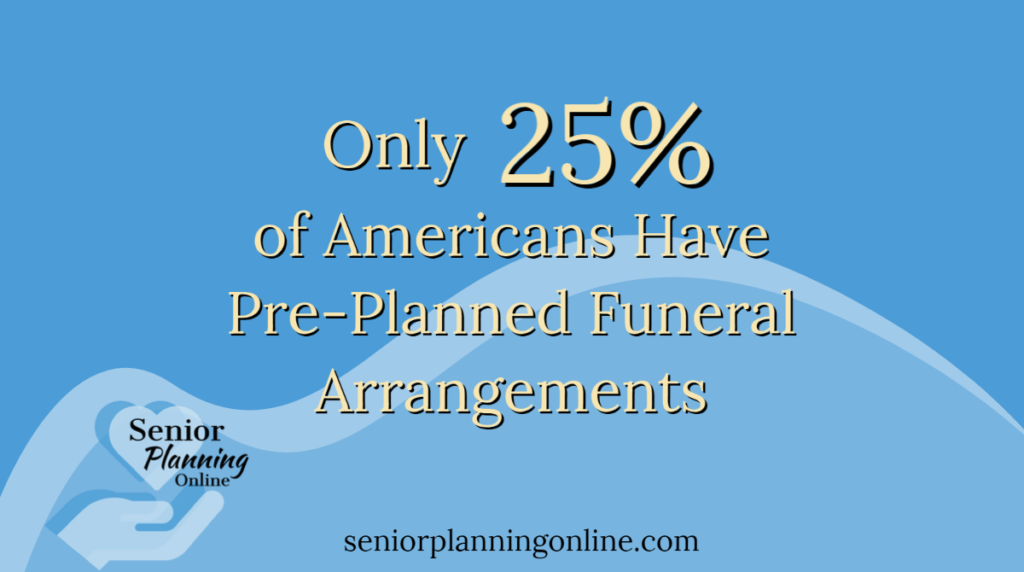
I encourage every adult, no matter the age to have a plan for either the expected or unexpected death of a loved one or themselves. If you want to lessen the burden of the inevitable down the road, have the hard conversation earlier than later. Have it today!
We’ll go through the types of conversations you should be having with your family early on, and what to include in them to help make planning easier.
I’m also going to walk you through the types of funeral services you can plan for, a list of elements you may want to think about including in a funeral service or arrangement, what burial or cremation options are available and of course the cost of funeral arrangements and packages.
The Conversations You Should Be Having Early On

I know several people who have made it a point to have a family gathering or meeting to talk about the future. To talk about the what-if’s of a terrible accident of a loved one, or the what-if’s as we age and our bodies deteriorate. And I’m always impressed by the families that do this and have these conversations.
Sometimes there are people who want to have these conversations but don’t know what to talk about or what to address. So let’s talk about what should be discussed with your family to plan for the future, expected and unexpected.
Making Your Wishes Known
Talking about different scenarios and discussing what kind of care you wish to receive when those scenarios occur can help family members make the best decisions if that time comes.
There is a fantastic workbook that I often refer my patients and their families to that helps guide these conversations. It’s called Five Wishes. It maps out 5 areas of advance care planning that should be discussed. These are the 5 wishes of care:
- Wish #1: Talking about who you would want to appoint to make healthcare decisions on your behalf in the event that you are unable to. This is one of the most important parts of Advance Directive Planning.
Check out our post “Most Important Reasons You Should Have an Advance Directive” to find out how to create a Healthcare Power of Attorney.
- Wish #2: Talking about your Living Will. What kind of medical treatment do you want to have.
- Wish #3: Talking about what comfort care means to you and what end of life care looks like for you.
Check out our post “What is Hospice Care & What are the Benefits?” for more information on what comfort care is.
- Wish #4: Talking about how you would like to be treated by family and by other caregivers. Discuss what dignity means to you and what it looks like.
- Wish #5: Talking about how you want to be remembered and what you would want your family to know about how you feel about them.
You can get a copy of the Five Wishes work book HERE. Or you can ask a healthcare provider or medical social worker for a copy or for a similar work book.
Financial Decisions
It’s also important to talk about finances. Finances is one of the biggest burdens families face when a loved one has a life changing diagnosis, is at the end of life stages, or has already died.
Talking about what to do financially in a crisis, appointing a financial power of attorney and discussing how to access a loved one’s finances can alleviate stress and financial hardship on a family.
Appointing someone as a financial power of attorney allows that individual to have access to whatever financial information you want them to have. This can include: bank accounts, social security funds, trusts, retirement accounts, and property.
I’ll be making a post about how to create a financial power of attorney and why it’s important soon, so stay tuned!
Letter of Last Instruction
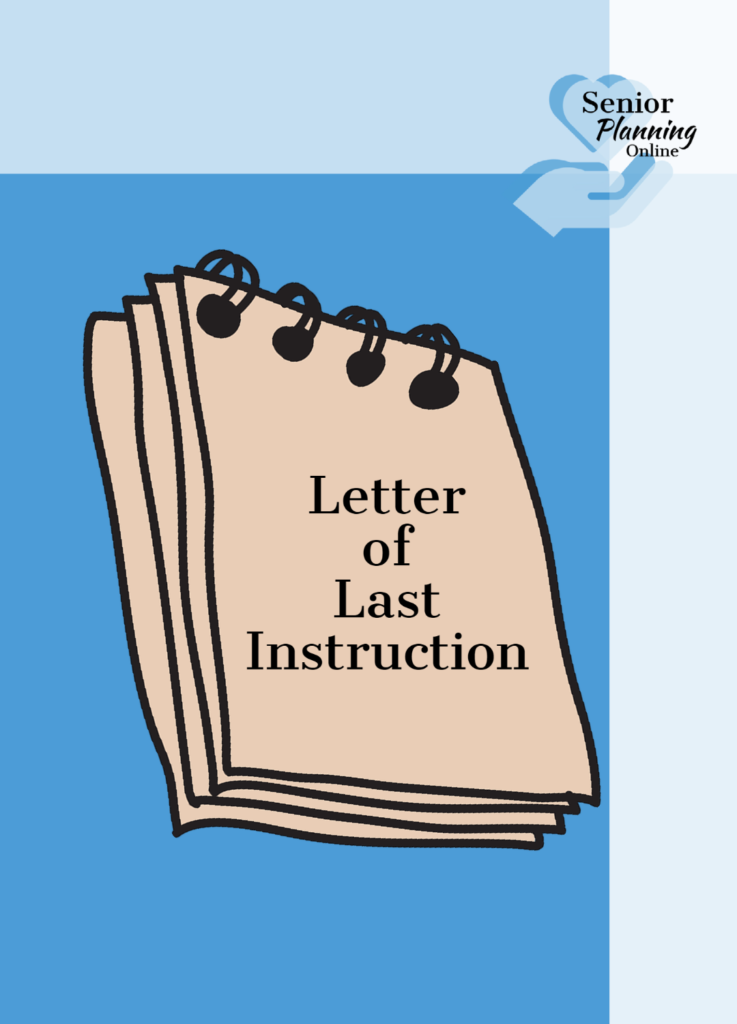
Recently I’ve come across patients creating a letter of last instruction. This is a document that guides estate planning and funeral service wishes.
This is something you can either draw up with an elder law attorney or on your own. It isn’t a legal document but it does help guide your family through how you want your belongings divided and what specific things you would want for your funeral if you decide you want a service.
Things you can include in this letter are:
- A list of people or organizations you would want notified at the time of death
- Business and financial contacts your family will need access to (ie, financial planners, accountants, insurance agencies, business partners etc.)
- Usernames and Passwords to any online accounts (including banking, social media, email, billing accounts, etc)
- Contact information of beneficiaries primarily on life insurance policies
- Instructions on what to do with and how to take care of any pets
- Contact information on pre-paid funeral services and specific instructions on the type of funeral service you would want
Funeral Planning
As you pre-plan and make preparations for a funeral, there are several things you want to take into consideration when making these decisions. Including how you want your remains to be disposed, the type of service you will want and how you want that service to look and feel.
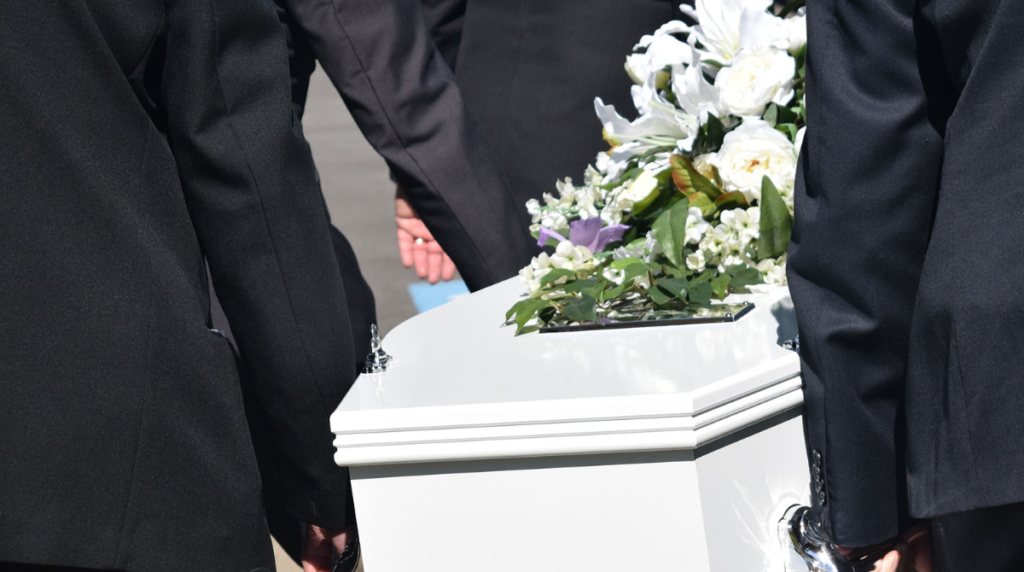
Types of Services
The nice thing about pre-planning all of this, is you get to decide on what ever you want. You can decide
Funeral Service
A traditional full service funeral often includes a viewing or a wake of the body and funeral ceremony. Often times, the viewing or wake is held at the funeral home, but you can work with the funeral director for other options as well.
Then there is the funeral ceremony. You can choose to have the funeral ceremony wherever you wish. Many people may choose to hold it at the funeral home’s venue, within their own homes, at a church or other event venue.
The ceremony can look and feel whatever way you desire. You can choose to have poems, readings, eulogies, prayers, testimonies, etc spoken at the ceremony. Music is also something many people like to include in ceremonies.
Some people choose to have the viewing/wake as part of the actual funeral ceremony as well.
After the funeral ceremony, the body is taken to the burial site. Some people may choose to be there while the body is buried and some people prefer not to be there.
Memorial Service
Memorial services are ceremonies that do not have the body present. Usually the body has either already been buried or has been cremated.
Some people choose to use this as a more novel way to remember the person who has died. They want to make it about the memories of that person. A celebration of life that can include people sharing stories and memories of that person.
It can be as formal or informal as you choose. The funeral director can help plan this as well.
Graveside Service
A graveside service is similar to a funeral service but the ceremony and burial is held at the cemetery or burial site.
Many Veterans may choose this type of service because they can work with the American Legion to have their branch provide a military salute during their ceremony.
Watch out for a future post we’ll have on Funeral and Burial Benefits through the Veteran’s Administration.
Options for Body Disposition
You will want to discuss with your family how you want them to handle your body remains. There is the more traditional burial option, a green burial option and a few different options for cremation.
Traditional Burial
Some people may decide for a more traditional approach and have their remains to be buried at a burial site like a burial plot. Burial plots can be purchased through funeral home services and cemeteries. Ask the funeral home services director about your options.
When someone chooses to be buried, the body goes through an embalming process. Embalming means to preserve the body. The embalming process includes removing blood from the body through a chemical process and removing any other fluids or gas that remain in the body.
Organs for donation should already have been removed at this point. If you are interested to know more about organ donation, check out https://www.organdonor.gov/.
After the chemical embalming, the hair and sometimes body are washed and clothed in clothing of the family’s choosing. Cosmetics are applied if desired as well to make the body more appropriate to see at a viewing or a wake.
After the body is ready, it is then placed in a casket of choosing.
Green Burial
A green burial is an alternate choice that is becoming a little more popular. The main differences between a traditional burial and a green burial comes down to the preparation of the body and the type of casket. Many people are choosing this option due to it’s view of environmental sustainability.
It can also be a more cost-effective options for people as well.
For a green burial, the body typically does not go through the embalming process. As this allows the body to decay naturally within nature.
In addition, the body is placed in a biodegradable casket instead of a traditional casket.
Cremation
Instead of any sort of burial, many people prefer to have their body cremated. Cremation is a process that places the deceased body under intense heat and flames with the result turning the body to ash. Ashes are then placed in a traditional urn or another container of choice.
When pre-planning for cremation, you can decide what type of urn or container you wish your ashes to be in. With cremation, there are several more options in addition to placing ashes in a traditional urn.
Some people prefer to have their ashes scattered either in one particular place or in several places. Talk with your family about this option and where you would want your ashes scattered.
Alternative Options Outside of a Traditional Urn
A couple of other unique options include planting a tree with your options. Yes, you can choose to have your ashes planted in the ground as part of the soil for a tree. The ashes are nourishing and can help the tree grow. Check out “Memorial Tree Urns: How to Plant a Tree from Ashes” for more information about these memorial trees.
Another unique option I have come across is cremation jewelry. You can have ashes be turned into jewelry that can be given to anyone in your family. There is jewelry that can hold some of the ashes and then there is jewelry that can just be used as a keepsake for a memory using the fingerprint of the deceased.
Check out these sites for more information on this option: Jewelry Keepsakes and Legacy Touch
Donating Your Body to Science
Some people choose to forgo a traditional burial or cremation. I have met many people who would prefer to have their body donated for science.
There are many Research organizations and even Universities that are interested in obtaining body remains to help with research on different diseases, illnesses or for educational use. You can check with your state to see if there are any specific programs available.
Or here are a few mainstream and popular donor organizations:
The Cost of Funeral Arrangements
The cost of funeral arrangements vary. It all depends on what services you want and how you want your body remains to be cared for.
Many funeral homes offer basic packages to start off with and the cost and amount of services increase from there. There are packages for cremation only, burial only, or either of these with a full service. Check with your local funeral home director for pricing. If you are in the Kansas City area, here is a local resource that gives you basic pricing on funeral packages and services.
Cremation Costs
If you are looking at the most cost efficient option, cremation might something you wan to consider. If you are looking for cremation without the additional funeral services, you could be looking at a price tag from $600 to $3,000. It all depends on what you want done and the type of urn or container you want for the remains.
If you are wanting the cremation and a funeral service, you can probably expect the cost to be more.
Burial Costs
If you prefer a traditional burial, you can still find an option at a reasonable cost, but it will be more expensive than cremation.
Depending on if you want embalming done, the casket choice and location or burial, you may be looking at a cost of between $2,500 to $6,000. Remember, this cost is all relative and it can vary depending on the city, county or state you live in as well.
Funeral Service Costs
Now if you are looking for the actual ceremony of either a traditional funeral service or memorial service, this can vary greatly. It depends on want venue you choose, if you choose to have any decor/flowers, programs, etc.
Check with your local funeral service director for more accurate pricing. But generally you could be looking at anywhere between $4,500 to $10,000 or more.
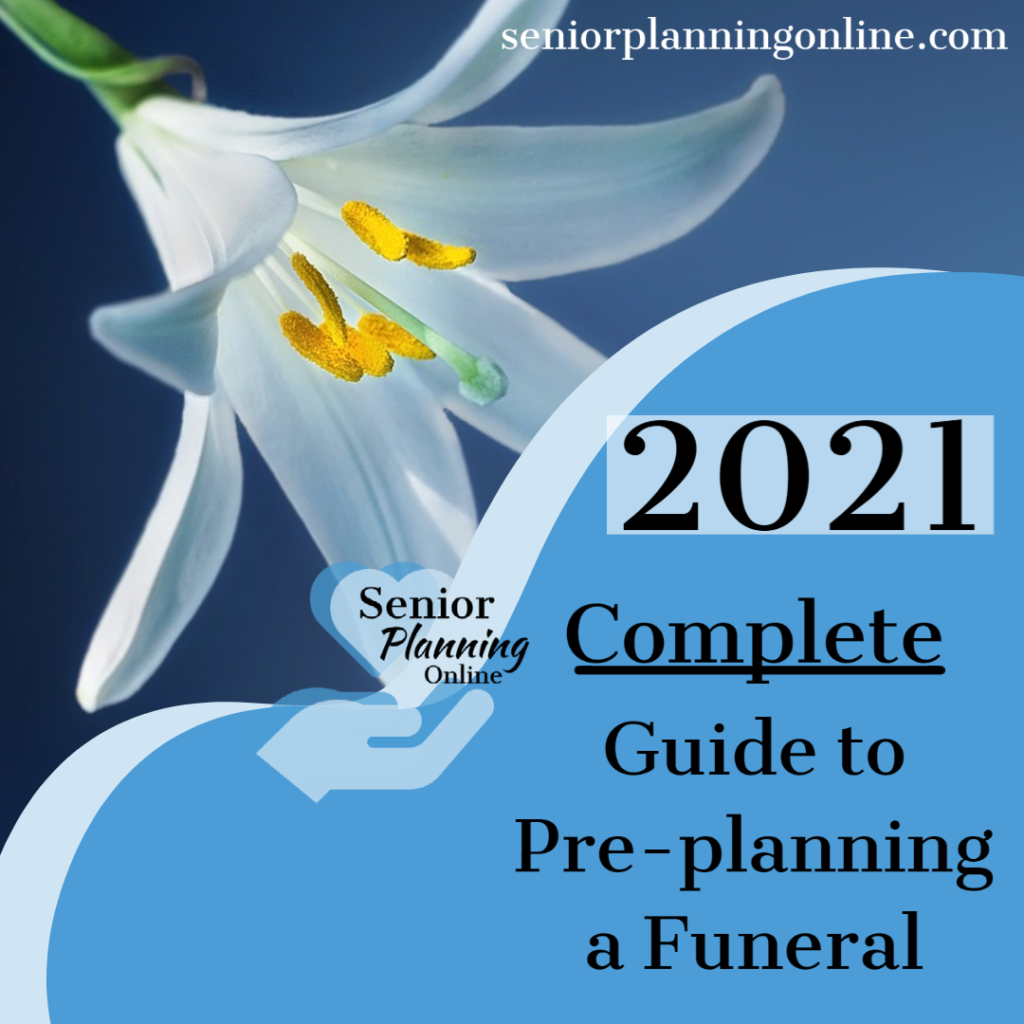
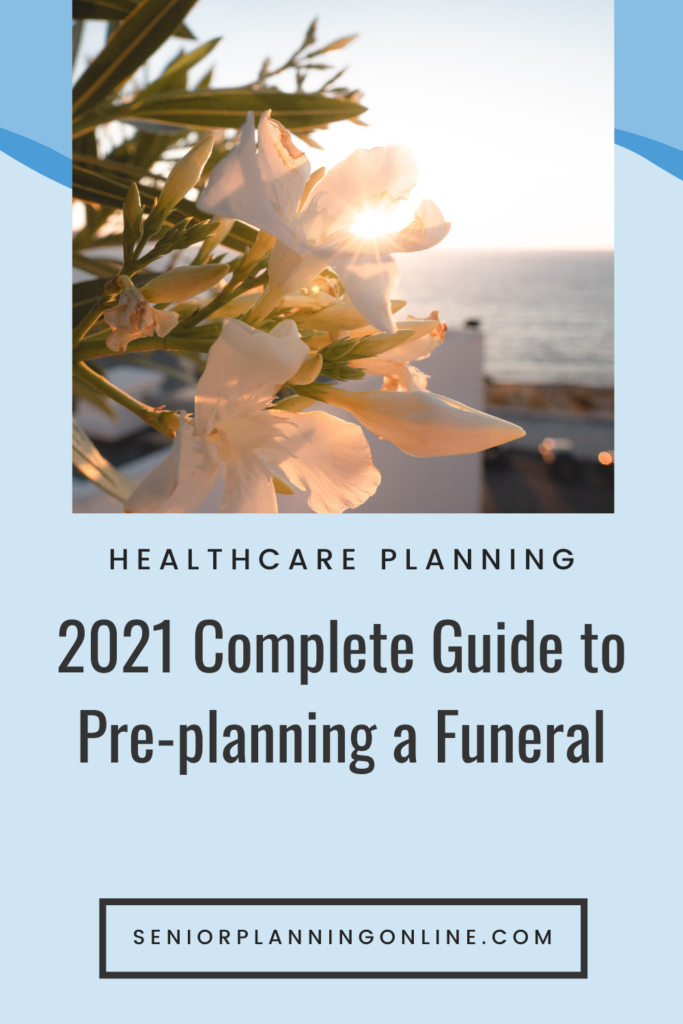

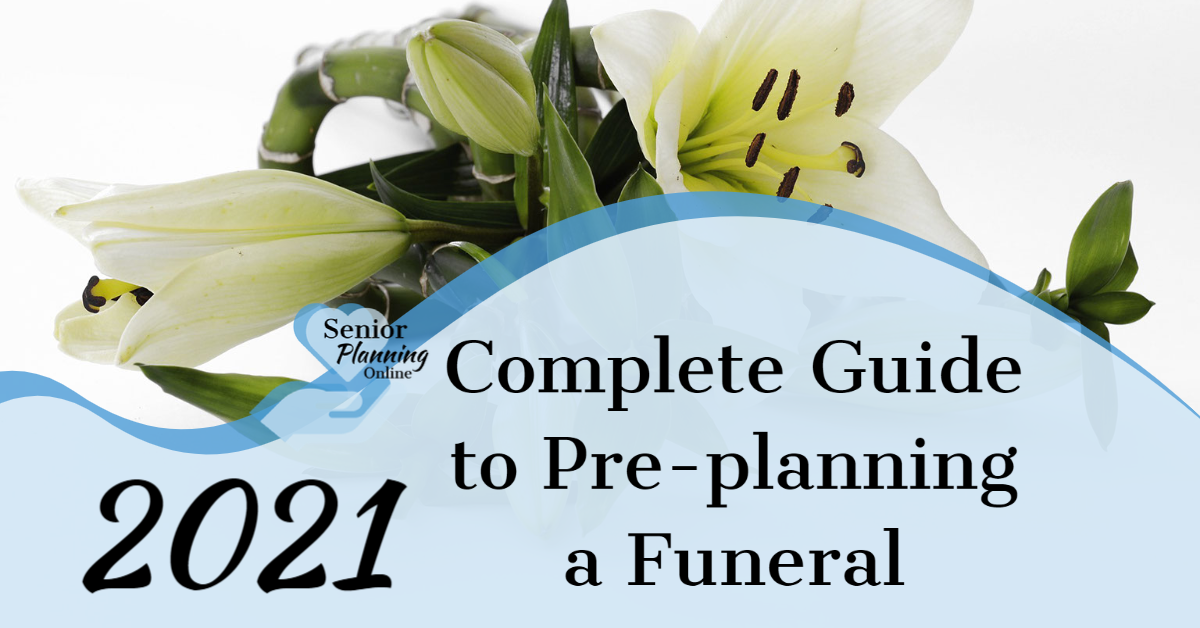
3 Responses
Thank you for sharing this information. Many times people shy away from having this discussion but I definitely see the value of planning just like a wedding or anything else in our lives.
I am guilty of being one of those people who has not given this topic a lot of thought nor started planning. Life is full of surprises and you are absolutely right in that this needs to be addressed sooner than later. Thanks for sharing this great post!
Death is ultimate fate of every living being, no one can escape from it, pre-planning ease the good bye process for family of deceased person.